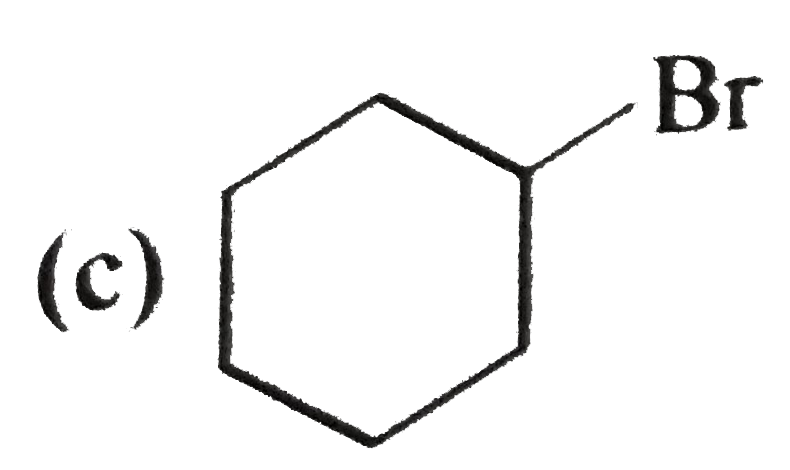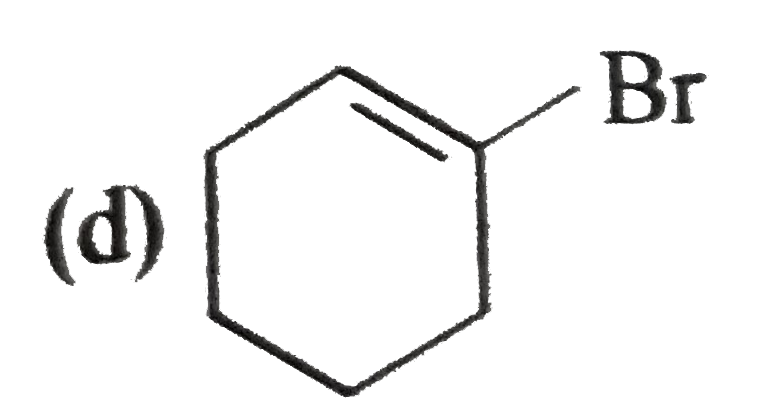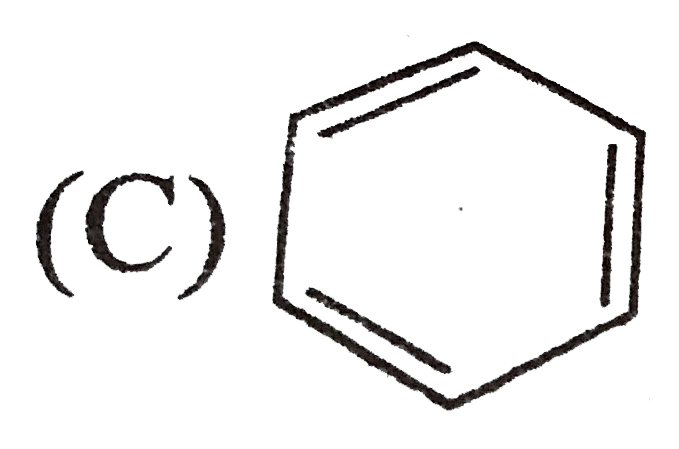Which of the following state of bromine will have standard heat formation to be equal to zero? Liquid bromine, solid bromine, gaseous bromine molecules.
To determine which state of bromine has a standard heat of formation equal to zero, we need to understand the concept of standard heat of formation and the states of matter.
1. Understanding Standard Heat of Formation:
The standard heat of formation (ΔH°f) of a substance is defined as the heat change that results when one mole of a compound is formed from its elements in their standard states at 25°C (298 K) and 1 atm pressure. For elements in their standard state, the standard heat of formation is defined to be zero.
2. Identifying the Standard States of Bromine:
Bromine (Br) can exist in three states: solid (Br₂(s)), liquid (Br₂(l)), and gas (Br₂(g)). To find out which state has a standard heat of formation equal to zero, we need to identify the standard state of bromine.
3. Determining the Standard State of Bromine:
In the periodic table, bromine is a unique element that exists as a liquid at room temperature. Therefore, the standard state of bromine at 25°C and 1 atm is liquid bromine (Br₂(l)).
4. Comparing Other States:
- Solid Bromine (Br₂(s)): This is not the standard state of bromine, so its standard heat of formation is not zero.
- Gaseous Bromine (Br₂(g)): Similarly, gaseous bromine is also not in its standard state at 25°C and 1 atm, so its standard heat of formation is not zero.
5. Conclusion:
Since the only state of bromine that is in its standard state at 25°C and 1 atm is liquid bromine, the standard heat of formation for liquid bromine is equal to zero.
Final Answer:
Liquid bromine (Br₂(l)) has a standard heat of formation equal to zero.
The standard heat of formation (ΔH°f) of a substance is defined as the heat change that results when one mole of a compound is formed from its elements in their standard states at 25°C (298 K) and 1 atm pressure. For elements in their standard state, the standard heat of formation is defined to be zero.
Bromine (Br) can exist in three states: solid (Br₂(s)), liquid (Br₂(l)), and gas (Br₂(g)). To find out which state has a standard heat of formation equal to zero, we need to identify the standard state of bromine.
In the periodic table, bromine is a unique element that exists as a liquid at room temperature. Therefore, the standard state of bromine at 25°C and 1 atm is liquid bromine (Br₂(l)).
- Solid Bromine (Br₂(s)): This is not the standard state of bromine, so its standard heat of formation is not zero.
- Gaseous Bromine (Br₂(g)): Similarly, gaseous bromine is also not in its standard state at 25°C and 1 atm, so its standard heat of formation is not zero.
Since the only state of bromine that is in its standard state at 25°C and 1 atm is liquid bromine, the standard heat of formation for liquid bromine is equal to zero.
Liquid bromine (Br₂(l)) has a standard heat of formation equal to zero.
Topper's Solved these Questions
- THERMODYNAMICSBook:MODERN PUBLICATIONChapter:THERMODYNAMICSExercise:Conceptual Questions - 3
Explore 18 Videos
- THERMODYNAMICSBook:MODERN PUBLICATIONChapter:THERMODYNAMICSExercise:NCERT Textbook Exercises
Explore 15 Videos
- THERMODYNAMICSBook:MODERN PUBLICATIONChapter:THERMODYNAMICSExercise:Conceptual Questions -1
Explore 19 Videos
- STRUCTURE OF ATOMBook:MODERN PUBLICATIONChapter:STRUCTURE OF ATOMExercise:Unit Practice Test
Explore 13 Videos
Similar Questions
Knowledge Check
Which of the following is fast de-brominated ?
A B
B C
C D
D
Which of the following is fast de-brominated ?
A B
B C
C D
D
Which of the following will decolourise bromine water
ACH2=CH2BCH≡CHC D
D
Which of the following will not decolourize bromine water?
View SolutionWhich of the following can decolourise bromine water solutions ?
View SolutionWhich of the following is the least reactive in the case of bromination ?
View SolutionWhich one of the following does not get oxidised by bromine water
View SolutionWhich of the following pair of compounds react with bromine water?
View Solution

